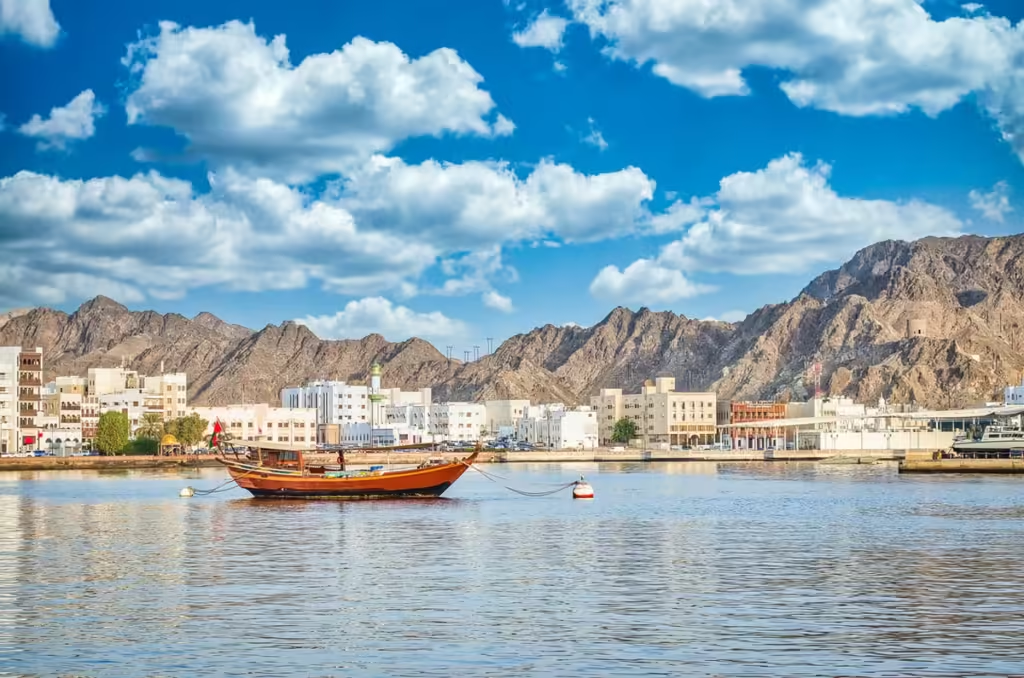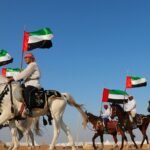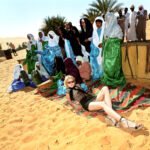Oman: A Jewel of Tradition and Modernity
Introduction:
Oman, officially known as the Sultanate of Oman, is a country located on the southeastern coast of the Arabian Peninsula. It shares borders with the United Arab Emirates to the northwest, Saudi Arabia to the west, and Yemen to the southwest, with the Arabian Sea to the southeast and the Gulf of Oman to the northeast. The capital city is Muscat.
Oman is known for its diverse landscapes, including desert dunes, fertile plains, and rugged mountains. The country has a hot desert climate, with mild winters and very hot summers, especially in the interior regions. Its long coastline is dotted with pristine beaches and picturesque fishing villages.
Economically, Oman is a high-income country with an economy largely dependent on oil and gas exports. However, it has been making strides towards diversifying its economy with investments in tourism, manufacturing, and logistics. The Omani rial (OMR) is the official currency. The government has initiated Vision 2040 to drive sustainable development and economic diversification.
Culturally, Oman is rich in heritage and tradition, with a unique blend of Arab, Persian, African, and Indian influences. Arabic is the official language, and Islam is the state religion. The country is known for its traditional music, dance, and crafts, as well as its warm hospitality.
Oman’s history dates back to ancient times, with a strategic location that made it a key player in maritime trade. The modern state was established in 1970 when Sultan Qaboos bin Said Al Said came to power, leading to a period of modernization and development.
Politically, Oman is an absolute monarchy. The Sultan serves as both the head of state and government. The country is known for its neutral foreign policy and has played a mediating role in regional conflicts. Oman is a member of the United Nations, the Arab League, and the Gulf Cooperation Council.
Tourism in Oman is growing, with visitors drawn to its historical forts, stunning landscapes, and vibrant culture. Popular destinations include the ancient city of Nizwa, the Wahiba Sands desert, and the Musandam Peninsula. The country’s commitment to preserving its natural and cultural heritage makes it an attractive destination for travelers.
110 Facts About Oman (2024)
Basic Information
| Number | Category | Details |
|---|---|---|
| 1. | Current Name | Oman |
| 2. | National Name | سلطنة عمان (Sultanate of Oman) |
| 3. | Former Names | Muscat and Oman |
| 4. | Date of Establishment | 1650 (expulsion of Portuguese) |
| 5. | Date of Independence | November 18, 1650 (from Portugal) |
| 6. | Leadership | Sultan: Haitham bin Tariq Al Said |
| 7. | Government Type | Absolute monarchy |
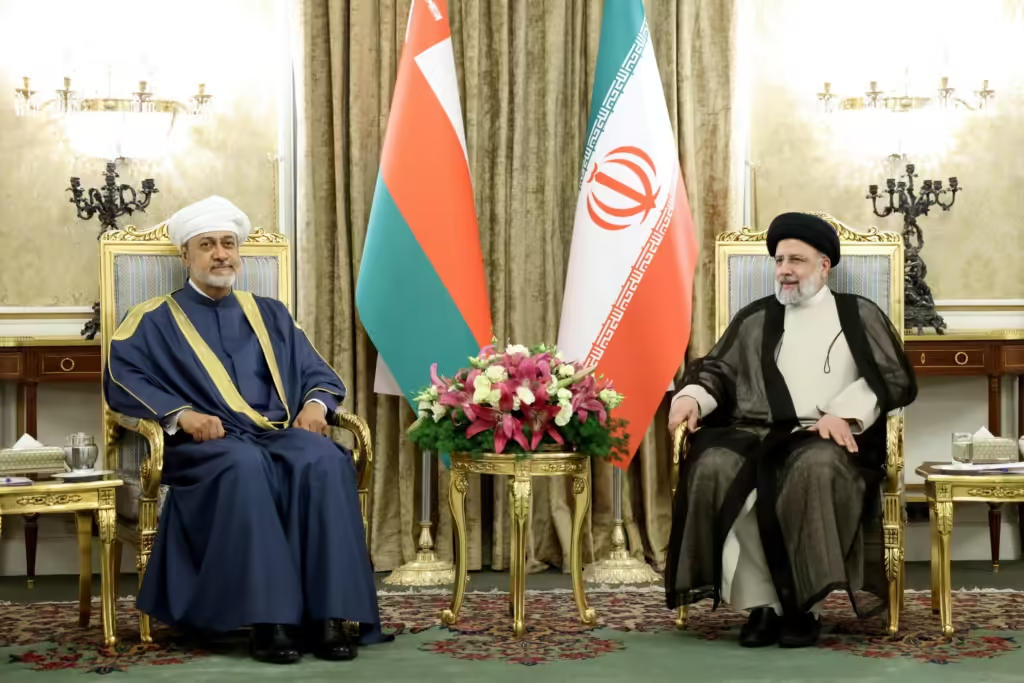
Geography
| Number | Category | Details |
|---|---|---|
| 8. | Capital City | Muscat |
| 9. | Important Cities | Salalah, Sohar, Nizwa, Sur |
| 10. | Land Area | 309,500 square kilometers |
| 11. | Total Area | 309,500 square kilometers |
| 12. | Neighboring Countries (Land) | United Arab Emirates, Saudi Arabia, Yemen |
| 13. | Neighboring Countries (Sea) | Iran, Pakistan |
| 14. | UNESCO World Heritage Sites | Bahla Fort, Ancient City of Qalhat, Aflaj Irrigation Systems (4 sites) |
| 15. | UNESCO World Natural Sites | Arabian Oryx Sanctuary |
| 16. | Climate | Desert climate with hot summers and mild winters |
| 17. | Biodiversity | Diverse flora and fauna including Arabian oryx and green turtles |
| 18. | Famous River | Wadi Bani Khalid |
| 19. | Famous Mountain | Jebel Shams |
| 20. | Coastline Length | 3,165 kilometers |
| 21. | Major Islands | Masirah Island |
| 22. | Longest River | Wadi Bani Khalid |
| 23. | Highest Waterfall | Ayn Khor |
| 24. | Largest Lake | N/A |
| 25. | Largest Forest | Dhofar Mountains |
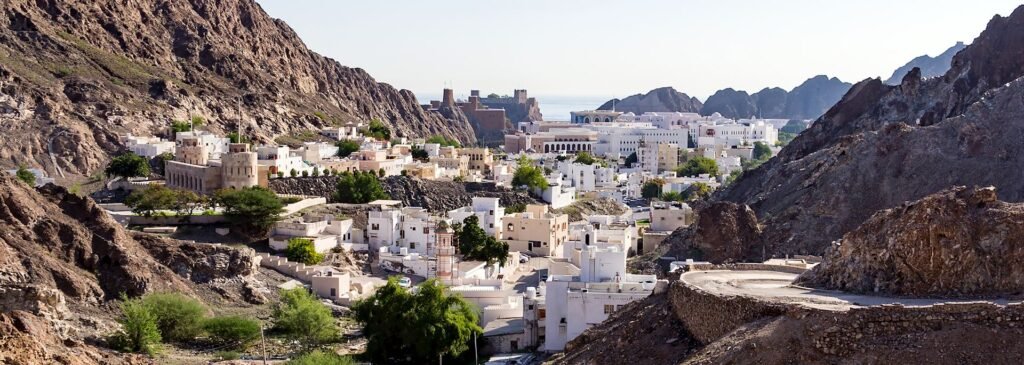
Population
| Number | Category | Details |
|---|---|---|
| 26. | Population (2024) | Approximately 5.2 million |
| 27. | Population (1950) | 500,000 |
| 28. | Population (1900) | 350,000 |
| 29. | Projected Population (2070) | 7 million |
| 30. | Population Density | 17 people per square kilometer |
| 31. | Urban Population (%) | 78% |
| 32. | Rural Population (%) | 22% |
Demographics
| Number | Category | Details |
|---|---|---|
| 33. | Ethnicity/Race | Arab (60%), Balochi (25%), South Asian (10%), African (5%) |
| 34. | Languages | Arabic (official), English, Baluchi, Urdu |
| 35. | National Language | Arabic |
| 36. | Religion | Islam (official) |
| 37. | Median Age | 26.5 years |
| 38. | Life Expectancy | 77.2 years |
| 39. | Birth Rate | 23.2 births per 1,000 people |
| 40. | Death Rate | 3.3 deaths per 1,000 people |
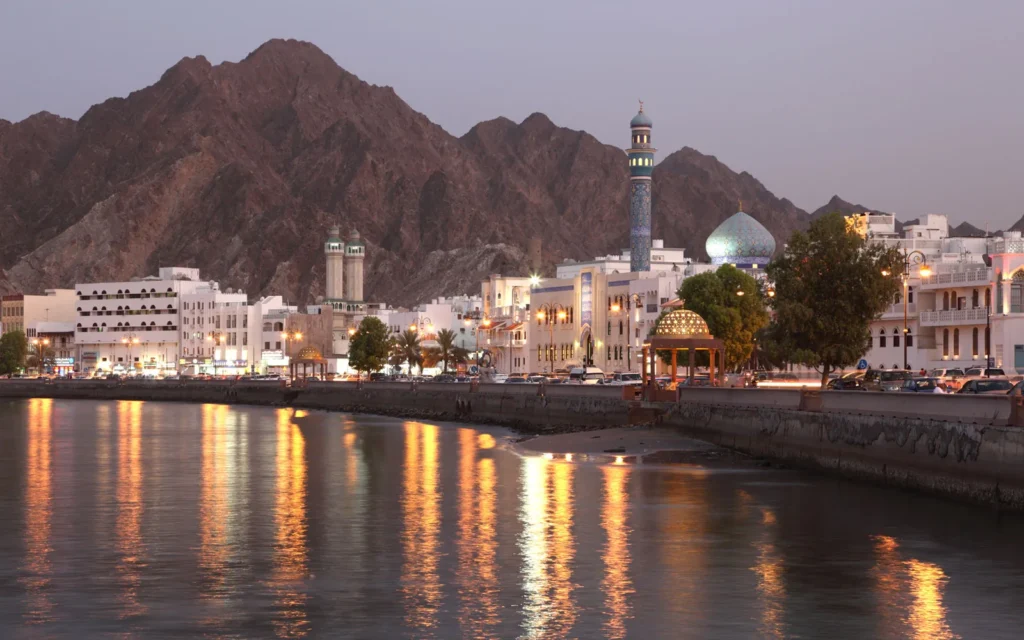
Economic Indicators
| Number | Category | Details |
|---|---|---|
| 41. | Monetary Unit | Omani Rial (OMR) |
| 42. | GDP | $81.8 billion (2022 est.) |
| 43. | GDP per Capita (PPP) | $40,700 (2022 est.) |
| 44. | Income Level | High income |
| 45. | Consumer Price Inflation | 1.2% (2022 est.) |
| 46. | Current Account Balance | -$1.5 billion (2022 est.) |
| 47. | Exchange Rate (Per $) | 1 USD = 0.385 OMR |
| 48. | Unemployment Rate | 3.1% (2022 est.) |
| 49. | Stocks Inward ($ billion) | 18 (2022 est.) |
| 50. | Real GDP Growth (%) | 2.1% (2022 est.) |
| 51. | Labor Force (Million) | 2.3 million |
| 52. | Major Industries | Oil and gas, tourism, construction, fisheries, mining |
| 53. | Major Exports | Petroleum, liquefied natural gas, minerals, dates |
| 54. | Major Imports | Machinery, transport equipment, manufactured goods, foodstuffs |
| 55. | Public Debt (% of GDP) | 59.8% (2022 est.) |
| 56. | Tax Revenue (% of GDP) | 4.2% (2022 est.) |
| 57. | Minimum Wage | 325 OMR per month |
| 58. | Average Household Income | $27,000 per year |
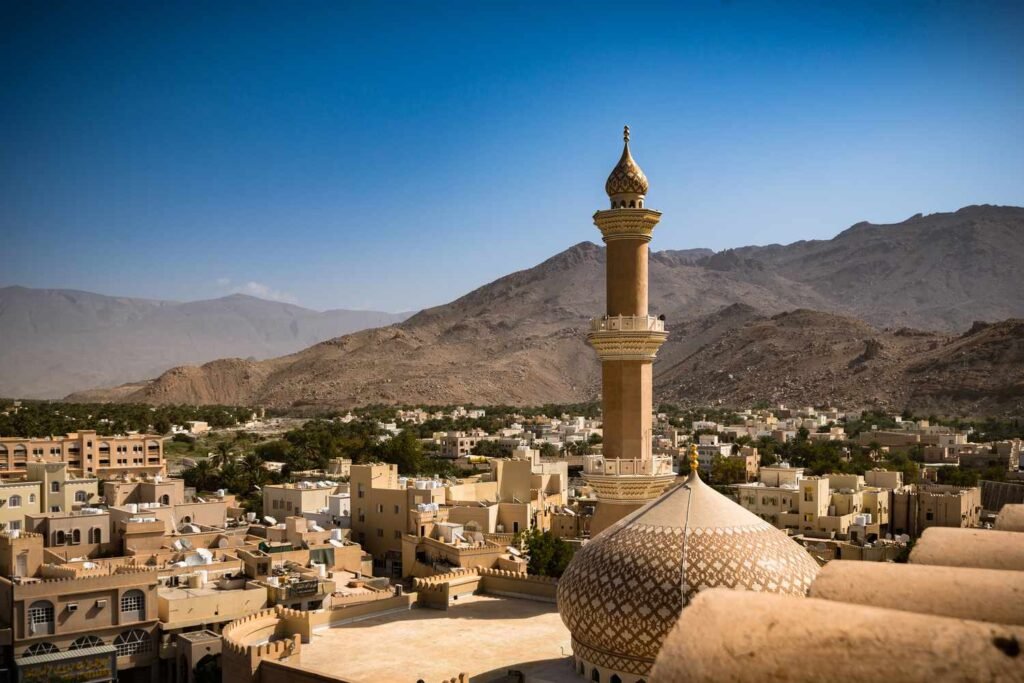
| 59. | Inflation Rate | 1.2% (2022) |
| 60. | Interest Rate | 5.5% (2022) |
| 61. | Major Trade Partners | China, India, UAE, Saudi Arabia, United States |
Social Indicators
| Number | Category | Details |
|---|---|---|
| 62. | Literacy Rate | 96.1% |
| 63. | Fertility Rate | 2.9 children per woman |
| 64. | Infant Mortality Rate | 7.6 per 1,000 live births |
| 65. | Under-5 Mortality Rate | 9.8 per 1,000 live births |
| 66. | National Holidays | National Day, Eid al-Fitr, Eid al-Adha |
| 67. | Health Care System | Universal healthcare system |
| 68. | Health Expenditure (% of GDP) | 4.3% (2022 est.) |
| 69. | Obesity Rate | 27.2% of adults |
| 70. | Drinking Water Source | 99% of the population has access to clean drinking water |
| 71. | Access to Sanitation | 98% of the population has access to improved sanitation facilities |
| 72. | Average Life Satisfaction | 6.5/10 |
| 73. | Major Health Issues | Diabetes, cardiovascular diseases, respiratory diseases |
| 74. | Smoking Rate | 10.9% of adults |
Culture and Society
| Number | Category | Details |
|---|---|---|
| 75. | Famous People | Sultan Qaboos bin Said, Haitham bin Tariq Al Said, Ahmed Al Harthy |
| 76. | Legal Marriage Age | 18 years |
| 77. | Gender Inequality Index | 0.245 (2021) |
| 78. | National Sport | Soccer |
| 79. | Sport Achievements | Gulf Cup wins, participation in Asian Games |
| 80. | National Animal | Arabian oryx |
| 81. | National Fruit | Date |
| 82. | Famous Landmarks | Sultan Qaboos Grand Mosque, Nizwa Fort, Royal Opera House Muscat |
| 83. | National Dish | Shuwa |
| 84. | Major Newspapers | Oman Daily, Times of Oman, Al-Watan |
| 85. | Major TV Channels | Oman TV, Al Shabiba, Majan TV |
| 86. | Popular Music Genres | Traditional Omani music, Arabic pop, Khaleeji music |
| 87. | National Theatre | Royal Opera House Muscat |
| 88. | National Gallery | National Museum of Oman |
| 89. | Popular Festivals | Muscat Festival, Salalah Tourism Festival |
| 90. | Average Internet Speed | 40 Mbps |
| 91. | Most Popular TV Show | Majan TV series |
| 92. | Most Popular Book | The Holy Quran |
| 93. | Most Popular Sport | Soccer |
| 94. | Most Visited Museum | National Museum of Oman |
| 95. | Largest Stadium | Sultan Qaboos Sports Complex |
| 96. | National Anthem | “Nashid as-Salaam as-Sultani” |
| 97. | Famous Historical Sites | Bahla Fort, Al-Baleed Archaeological Park, Sumhuram Old City |
| 98. | Major Brands | Oman Air, Omantel, Bank Muscat |
| 99. | Famous Foods | Majboos, harees, mishkak |
| 100. | Famous Drinks | Omani coffee, laban, mint tea |
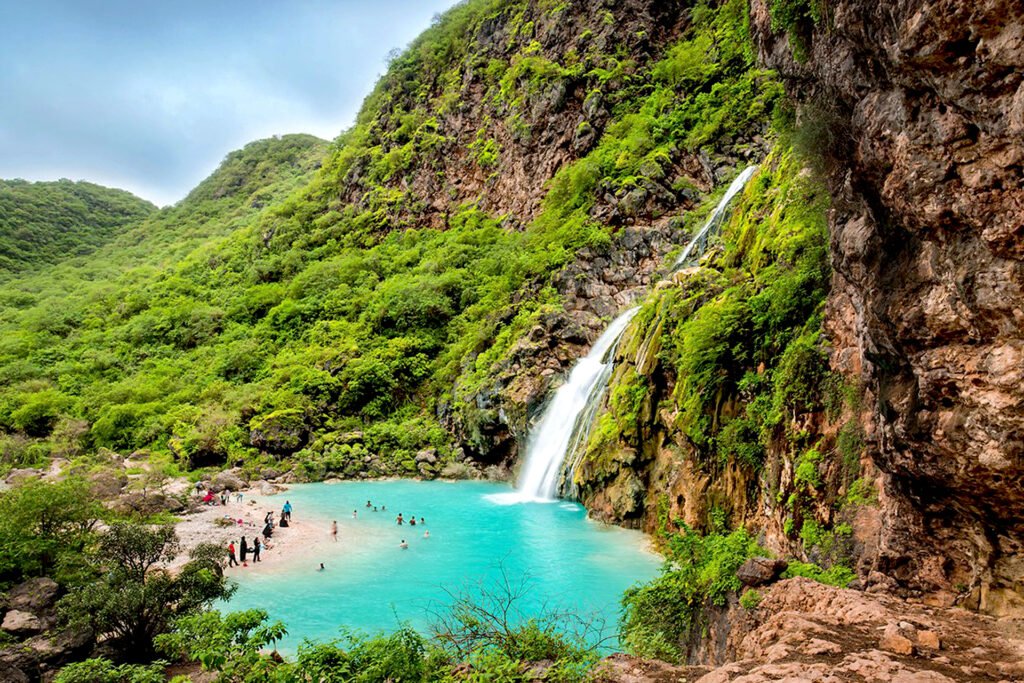
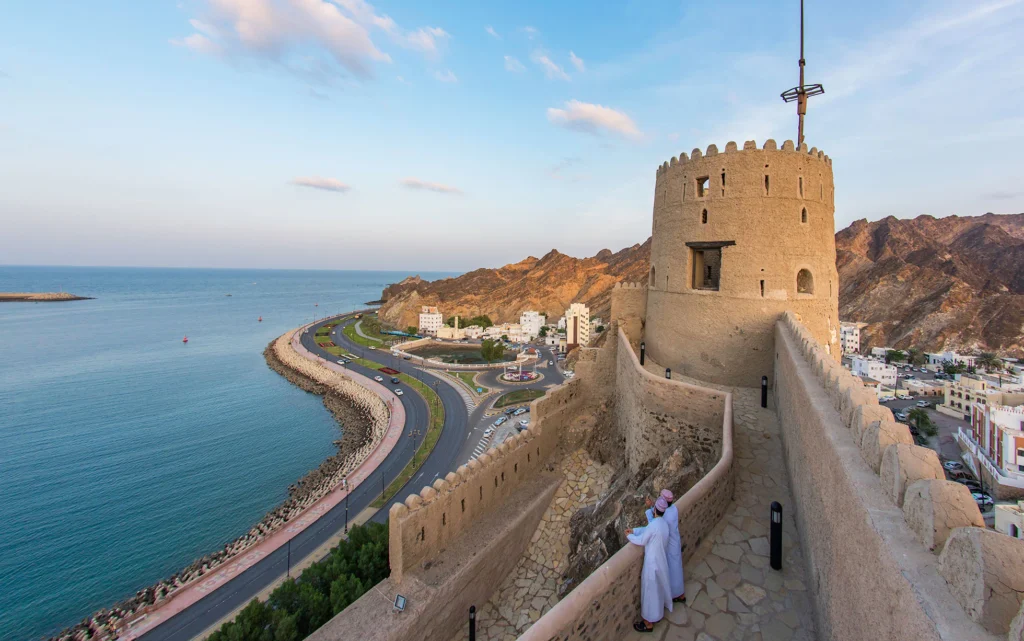
Education
| Number | Category | Details |
|---|---|---|
| 101. | Best Public University | Sultan Qaboos University |
| 102. | Best Private University | Dhofar University |
| 103. | Education Rank | 55th globally |
| 104. | School Enrollment Rate | 97% for primary education |
| 105. | Average Class Size | 25 students |
| 106. | Notable Alumni | Dr. Rawya Saud Al Busaidi, Ahmed Al Harthy, Dr. Abdullah Al Harrasi |
| 107. | Public Spending on Education | 5.8% of GDP |
| 108. | Number of Universities | Over 30 |
| 109. | Popular Study Abroad Destinations | United Kingdom, United States, Australia |
| 110. | Literacy Programs | Extensive adult literacy programs available |
History
Oman’s history dates back to ancient times, with a strategic location that made it a key player in maritime trade. The modern state was established in 1970 when Sultan Qaboos bin Said Al Said came to power, leading to a period of modernization and development.
The Flag of Oman
The national flag of Oman features three horizontal stripes (white, red, and green) with a vertical red stripe on the hoist side, which contains the national emblem.

- White: Represents peace and prosperity.
- Red: Symbolizes the battles fought against invaders.
- Green: Represents fertility and the Jebel Akhdar (Green Mountain).
- National Emblem: Consists of a khanjar (dagger) superimposed on two crossed swords.
The flag symbolizes Oman’s commitment to peace, its historical resilience, and the fertility of its land.
